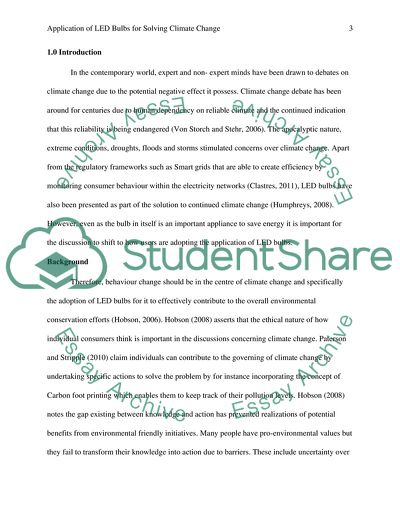Cite this document
(Application of LED Bulbs for Solving Climate Change Term Paper, n.d.)
Application of LED Bulbs for Solving Climate Change Term Paper. https://studentshare.org/environmental-studies/1818006-evaluate-the-strengths-and-weaknesses-of-the-application-of-led-bulbs-for-solving-climate-change
Application of LED Bulbs for Solving Climate Change Term Paper. https://studentshare.org/environmental-studies/1818006-evaluate-the-strengths-and-weaknesses-of-the-application-of-led-bulbs-for-solving-climate-change
(Application of LED Bulbs for Solving Climate Change Term Paper)
Application of LED Bulbs for Solving Climate Change Term Paper. https://studentshare.org/environmental-studies/1818006-evaluate-the-strengths-and-weaknesses-of-the-application-of-led-bulbs-for-solving-climate-change.
Application of LED Bulbs for Solving Climate Change Term Paper. https://studentshare.org/environmental-studies/1818006-evaluate-the-strengths-and-weaknesses-of-the-application-of-led-bulbs-for-solving-climate-change.
“Application of LED Bulbs for Solving Climate Change Term Paper”. https://studentshare.org/environmental-studies/1818006-evaluate-the-strengths-and-weaknesses-of-the-application-of-led-bulbs-for-solving-climate-change.


